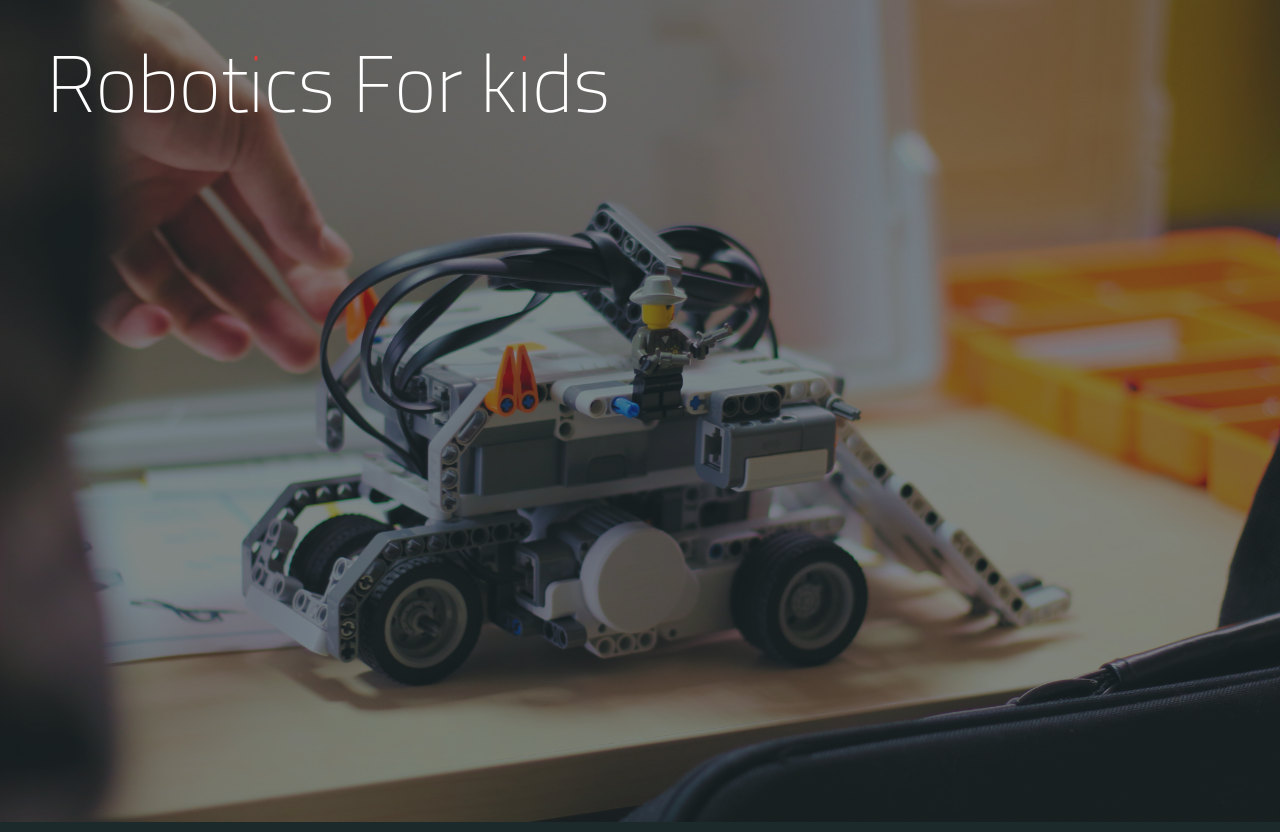
Image Source: Unsplash
Table of Contents
Introduction to robotics for kids and teens
In today’s rapidly advancing technological world, it is essential to equip our children with the necessary skills to thrive in the future. One such skill that has gained significant importance is robotics. Teaching robotics to kids and teens not only introduces them to the fascinating world of technology but also nurtures their problem-solving abilities, creativity, and logical thinking. In this article, we will explore the importance of teaching robotics to children, the Why it’s cool for kids to learn robotics and coding, and how robotics education can prepare kids for the future.
The importance of teaching robotics to children
Robotics for kids goes beyond just playing with robots. It is about providing them with a hands-on experience that stimulates their curiosity and encourages them to explore the principles of engineering, computer science, and problem-solving. By engaging in robotics activities, children develop critical thinking skills, enhance their spatial awareness, and learn how to collaborate effectively with others. These skills are not only valuable in the field of robotics but are transferable to various aspects of their lives, including academia, careers, and everyday problem-solving.
Good things about learning robotics and coding for kids
Introducing robotics and coding to children at a young age has numerous benefits. Firstly, it helps them understand the fundamental concepts of programming and logical thinking. When kids teach robots to do things, they learn how to break big problems into smaller, easier ones.. This process enhances their problem-solving abilities and fosters a systematic approach to tackling challenges. Additionally, robotics education promotes creativity and innovation. As children experiment with different robot designs and functionalities, they are encouraged to think outside the box and come up with unique solutions.
Moreover, learning robotics and coding at a young age can significantly improve a child’s math and science skills. Through hands-on activities, children gain a deeper understanding of mathematical concepts such as geometry, measurement, and ratios. They also develop an interest in science as they explore the principles of physics and engineering involved in building and controlling robots. These skills and knowledge lay a strong foundation for future academic pursuits and potential career paths in STEM fields.
How robotics education can prepare kids for the future
The future job market will be heavily influenced by advancements in technology, particularly in the field of robotics and artificial intelligence. By providing children with a solid foundation in robotics education, we are equipping them with the necessary skills to thrive in this ever-evolving landscape. The ability to understand and work with robots will be highly sought after in industries such as manufacturing, healthcare, and even space exploration. By exposing kids to robotics at an early age, we are preparing them to be at the forefront of innovation and giving them a competitive edge in the job market of the future.
What is robotics programming for kids?
Robotics programming for kids involves teaching them how to code and program robots to perform various tasks and functions. It encompasses learning programming languages such as Scratch, Python, or Blockly, and applying them to control the movements, actions, and sensors of robots. Through robotics programming, children gain a deeper understanding of logical thinking, sequencing, and problem-solving. They learn how to translate their ideas and instructions into a language that robots can understand and execute.
Coding robots for kids: Best options and features to consider
When it comes to coding robots for kids, there are several options available in the market. It is important to consider certain features and functionalities to ensure an engaging and enriching learning experience. Here are some great coding robots for kids :
- LEGO Mindstorms: This popular robotics kit allows kids to build and program their own robots using LEGO bricks and a programmable intelligent brick. It offers a wide range of sensors and motors for endless creativity.
- Sphero Bolt: With its programmable LED matrix and advanced sensors, the Sphero Bolt provides an interactive and visual coding experience. Kids can program it using block-based coding or JavaScript.
- Cubetto: Designed for younger children, Cubetto is a screenless coding robot that introduces the basics of programming through a tangible wooden robot and a coding board. It is a hands-on and intuitive way to learn coding.
When choosing a coding robot for kids, it is important to consider the age appropriateness, ease of programming, and versatility of the robot.
How to introduce robotics and coding to kids
Introducing robotics and coding to kids can be an exciting and rewarding experience. Here are some steps to get started:
- Start with the basics: Begin by explaining the concept of robotics and coding in simple terms. Use everyday examples to illustrate how robots are used in various industries and how coding is used to control their actions.
- Hands-on activities: Engage kids in hands-on activities that involve building and programming simple robots. Start with basic commands and gradually increase the complexity as they gain confidence.
- Interactive learning tools: Utilize interactive learning tools and platforms such as coding apps, online tutorials, or robotics kits. These resources provide a structured and engaging way for kids to learn and experiment with robotics and coding.
- Encourage creativity: Allow kids to explore their creativity by giving them the freedom to design and build their own robots. Encourage them to think critically and problem-solve when faced with challenges.
Robotics clubs and programs for children and teens
To further enhance a child’s learning experience in robotics, joining a robotics club or enrolling in a robotics program can be highly beneficial. These clubs and programs provide opportunities for kids to collaborate with peers, participate in team projects, and engage in robotics competitions. They offer a supportive and nurturing environment where children can further develop their skills, learn from experienced mentors, and gain exposure to advanced robotics concepts and technologies. Some popular robotics clubs and programs include FIRST Robotics, VEX Robotics, and RoboCup.
Robotics competitions for young enthusiasts
Robotics competitions are an excellent way for young enthusiasts to apply their skills and knowledge in a competitive setting. These competitions not only foster teamwork and collaboration but also allow kids to showcase their creativity and problem-solving abilities. Some notable robotics competitions for kids and teens include FIRST Robotics Competition, VEX Robotics Competition, and RoboCup Junior. Participating in these competitions not only provides an opportunity for recognition but also opens doors to scholarships, internships, and potential career pathways.
Resources and online courses for teaching robotics programming to kids
For parents and educators looking to enhance their knowledge and teaching skills in robotics programming, there are numerous resources and online courses available. These resources provide step-by-step instructions, lesson plans, and hands-on activities to make the learning process engaging and effective. Some recommended resources and online courses for teaching robotics programming to kids include:
- Code.org: Code.org offers a variety of free online courses and resources for teaching coding and robotics to kids of all ages. Their curriculum is designed to be self-paced and interactive, making it accessible for both parents and educators.
- Coursera: Coursera offers a range of online courses in robotics and programming, including specific courses for kids and teens. These courses are taught by industry professionals and provide a deeper understanding of advanced robotics concepts.
Conclusion
Teaching robotics to kids and teens is not just about playing with robots; it is about preparing them for a future where technology and innovation play a crucial role. By introducing children to robotics at a young age, we are equipping them with invaluable skills such as critical thinking, problem-solving, and creativity. With the rapid advancements in technology, robotics education is becoming increasingly essential in ensuring that our children are prepared for the challenges and opportunities of the future. So let’s embrace the world of robotics and coding, and empower our kids to become the innovators and creators of tomorrow.



















What do you think?
Show comments / Leave a comment